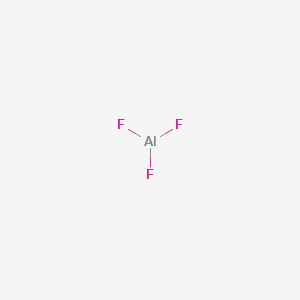Winter greenhouse cucumbers often suffer from low temperature hazards, affecting the growth and development of cucumber. Because the symptoms of low-temperature hazards are not easily distinguished from some diseases, some vegetable farmers treat cold hazards as a disease to prevent and control, and they are prone to misunderstandings and losses in management. Now we will introduce to you the identification and prevention methods of greenhouse cucumber suffering from low temperature hazards.
Symptoms Cucumbers are exposed to low-temperature hazards and exhibit a variety of symptoms. In mild cases, leaf tissue is not necrotic but yellow-white; long-term hypothermia does not show local symptoms, and often does not produce roots or flower buds do not differentiate, and some can cause Weak parasites infested, heavier dead leaves caused by dead leaves or some dead leaves, serious plants were water immersed, and died after dry.
Prevention and control methods for prevention and control of low temperature hazards should be based on prevention. In the cold current before the advent of low-temperature hardening seedlings, improve the tolerance of cucumber to low temperature. At the same time, we must increase the coverage of greenhouses and adopt temporary heating measures.
Slowly increase the temperature of cucumber after it has been frozen. After sunrise, it should be shaded by straws and light should be restored for 1 to 2 days to make the physiological function of cucumber recover slowly. Don't be too rushed to avoid the rapid increase of temperature to make cucumber water absorption. Causes acute wilting.
Cut off dead leaves For dead cucumbers that are exposed to relatively low temperatures, remove dead leaves and reduce shading, and increase fertilizer and water management to promote gradual recovery of the seedlings.
Foliar spray fertilizer can be sprayed with 1% glucose solution or other foliar fertilizers 1 or 2 times to solve the problem of nutritional deficiency in vegetables.
Aluminum Fluoride CAS No.7784-18-1
Aluminum Fluoride Basic Information
CAS: 7784-18-1
MF: AlF3
MW: 83.98
EINECS: 232-051-1
Mol File: 7784-18-1.mol
Aluminum Fluoride Structure

Melting point 250°C
Boiling point 1291 °C
density 3.1 g/mL at 25 °C(lit.)
solubility Sparingly soluble in acids and alkalies. Insoluble in Acetone.
Color White to light gray
Application
[Use 1]
Used as a flux for non-ferrous metals, it can be used to make fluoride from other aluminum.
[Use 2]
Used as an electrolytic bath component in the production of aluminum to lower the melting point and increase the conductivity of the electrolyte.
A suppressant for fermentation when used to produce alcohol.
Used as a flux for outer glaze and enamel enamel of ceramics.
Used in welding fluids in metal welding.
Used to make optical lenses.
It is used as a catalyst for organic synthesis and as a raw material for synthesizing cryolite.
Aluminum Fluoride,Aluminum Fluoride Sds,Aluminum And Fluoride,Aluminum Fluoride Formula
ShanDong YingLang Chemical Co.,LTD , https://www.sdylhgtrade.com